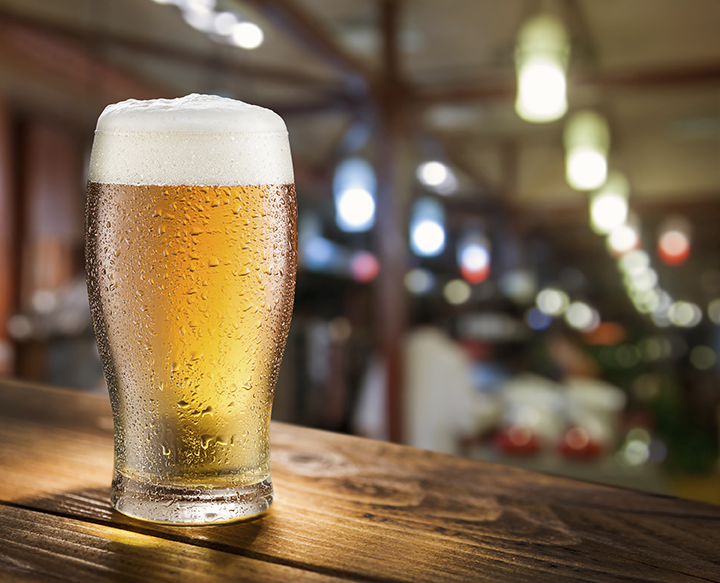
EDITOR’S NOTE: This article originally stated that the 2015 robotics competition would be held in Japan. The location of the competition has not yet been announced.
By R.J. Linton
The Homestead Motor Speedway in Miami hosted a rather unusual sporting event just before Christmas with competitors from around the globe, including teams from Worcester Polytechnic Institute and the Massachusetts Institute of Technology. Rather than the usual cars in the pit area and garages of the speedway, though, spectators instead encountered enormous humanoid robots reminiscent of those found in sci-fi movies. Their pilots ~ researchers and students from universities and corporations from around the globe ~ were competing to build a robotic system that can perform disaster response in the most dangerous human environments, such as nuclear power plants, forest fires and building collapses.
The competition in Miami was the semi-final round in an ongoing world series of robotics being held by the Defense Advanced Research and Projects Agency, or DARPA, which started with DARPA’s first grand challenge in 2004. The massive robots involved in the challenge ~ some more than 6-feet tall and weighing more than 300 pounds ~ were competing in what has become a professional league of robotics competitions. Two of the key teams that won their places for the world championship, to be held in 2015, were from WPI and MIT.
The WPI team, which came in seventh place, and the team from MIT, which earned an impressive fourth, were among an international list of competitors that also included NASA’s Jet Propulsion Laboratory. The robots were required to compete in a series of simulated disaster response contests, which reminded the spectators of a post-apocalyptic decathlon. The events in which the robots battled included driving a car through obstacles, walking through treacherous terrain, climbing an industrial ladder, clearing debris from a doorway, maneuvering through a series of passageways, cutting a hole in a wall through which wounded individuals could be passed, turning valves and pulling out a fire hose and attaching it to a hydrant.
Each of these events brought in spectators from around Miami and the world, with robot profiles on jumbotrons and commentary by a DARPA robotics pro-league announcing crew. This competition, following on the heels of a string of robotics competitions in popular media, is another reminder that we are moving to a world dominated by robotics at work, in our homes, and now, in our sports arenas. This was further brought to the forefront by Google’s move to purchase Boston Dynamics, the builder of one of the robot athletes just before the competition.
Google has, in a sense, become a team owner in the growing field of competitive robotics and, like other team owners in professional sports, no doubt wants to see its team win the world championships. The company has positioned itself very well to be the most-represented owner of competitive robotics by putting its name on five of the robots that have been selected for the next round of combat.
With names like Google, NASA and MIT in the mix, the area of competitive robotics is likely to continue to draw in spectators and commercial support in the years to come.






